Web文本发现及其在网络广告投放中的应用研究
I摘要Internet已成为世界上最大的信息积聚地,这些海量的Web信息数据中,蕴涵着巨大潜在价值的知识。Internet上的信息,是以网页形式存放的,而网页的内容又多以文本方式来表示,但它们的结构复杂,风格多样,构成了一个异常庞大的具有异构性、开放性的分布式数据库。如何快速、有效地在这些海量信息中发掘出有潜在价值的数据和知识成为亟待解决的问题。上下文网络广告,也即窄告,是一种新型的定向网络广告模式,通过运用互联网技术和相关发布系统,使广告客户的广告内容与网络媒体上的文章内容、浏览者偏好、浏览者地理位置等信息自动进行匹配,并发布到与之相匹配的文章周围,从而达到广告投放精准的目的。窄告是网络广告...
相关推荐
-
我国基层财政困难的制度成因分析与对策研究VIP免费
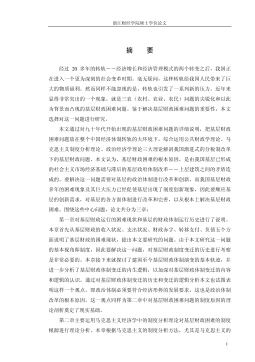
 2024-09-20 33
2024-09-20 33 -
我国煤电产业链纵向交易合约机制研究VIP免费
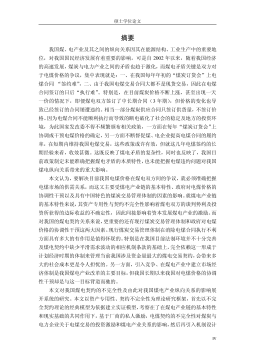
 2024-09-20 27
2024-09-20 27 -
生产要素视角下的上海市产业结构优化研究VIP免费
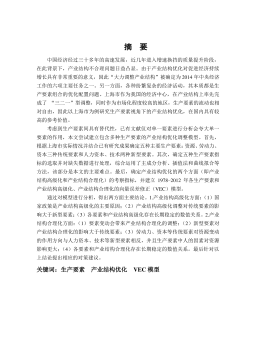
 2025-01-09 7
2025-01-09 7 -
我国银行业结构与经济结构关系研究VIP免费
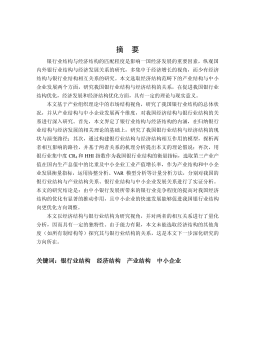
 2025-01-09 7
2025-01-09 7 -
大数据视角下农业供应链金融研究VIP免费

 2025-01-09 6
2025-01-09 6 -
跨国大型综合超市的规划研究VIP免费
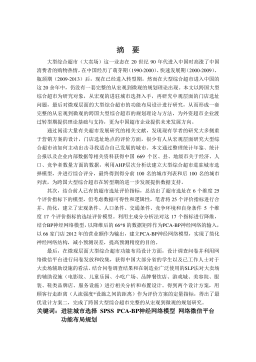
 2025-01-09 6
2025-01-09 6 -
跨境电商农产品质量安全问题研究VIP免费
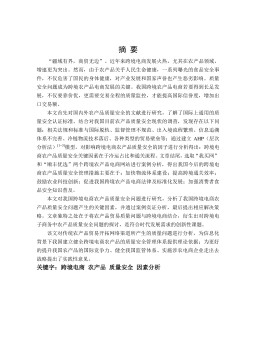
 2025-01-09 7
2025-01-09 7 -
世界市场的虚拟化与我国国际电子商务发展方向研究VIP免费
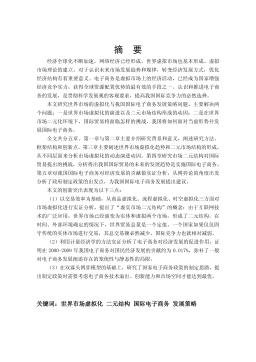
 2025-01-09 9
2025-01-09 9 -
中国政府对电力行业的价格规制问题研究VIP免费
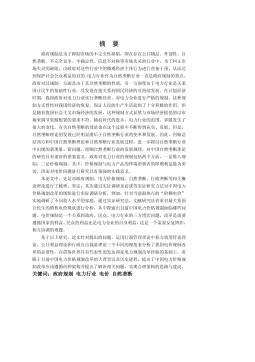
 2025-01-09 13
2025-01-09 13 -
中小企业信息化系统集成技术研究VIP免费

 2025-01-09 13
2025-01-09 13
相关内容
-

跨国大型综合超市的规划研究
分类:高等教育资料
时间:2025-01-09
标签:无
格式:PDF
价格:15 积分
-

跨境电商农产品质量安全问题研究
分类:高等教育资料
时间:2025-01-09
标签:无
格式:PDF
价格:15 积分
-

世界市场的虚拟化与我国国际电子商务发展方向研究
分类:高等教育资料
时间:2025-01-09
标签:无
格式:PDF
价格:15 积分
-

中国政府对电力行业的价格规制问题研究
分类:高等教育资料
时间:2025-01-09
标签:无
格式:PDF
价格:15 积分
-

中小企业信息化系统集成技术研究
分类:高等教育资料
时间:2025-01-09
标签:无
格式:PDF
价格:15 积分





